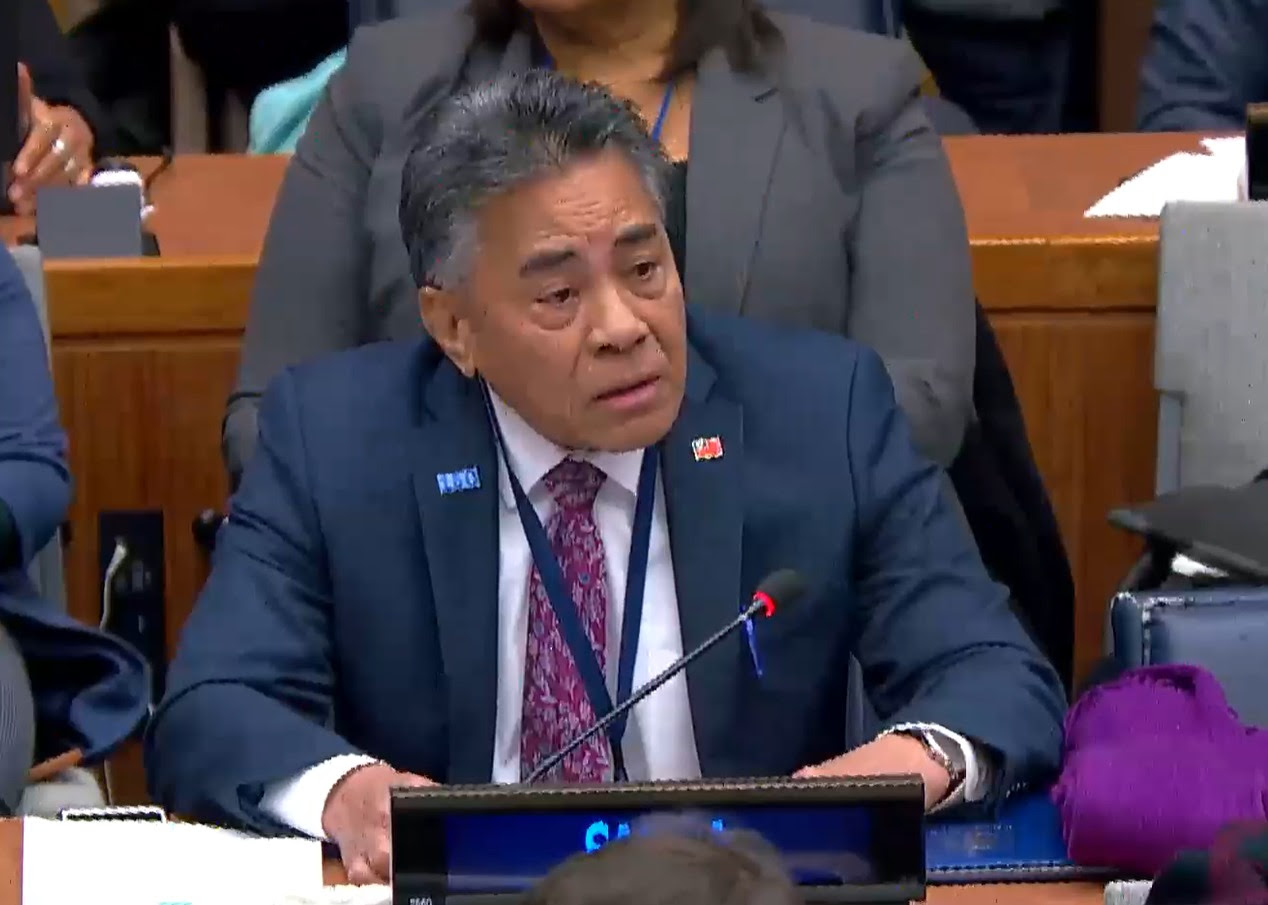This news article is a production distributed through Caribbean News Service. It is made freely available to your media and we encourage publishing and redistribution, giving credit to Caribbean News Service (CNS).
by Desmond Brown – Executive Editor
ST JOHN’S, Antigua, Nov 25 2015, CNS – Climate change will have many devastating effects related to changes in weather patterns, but the greatest damage will be caused by rising sea level. Antigua and Barbuda is poised to suffer from this with critical infrastructure below sea level.
Sea level rises as ice on land melts and as warming ocean waters expand. As well as being a threat to coastal habitation and environments, sea level rise corroborates other evidence of global warming.
Global sea levels have risen by about 20 centimeters since 1870, and according to models from the Intergovernmental Panel on Climate Change (IPCC), they could rise by another meter or more by the end of the century.
For the Caribbean, a one metre rise in sea levels would result in approximately 1,300 km2 of land area being lost. That’s equivalent to Antigua & Barbuda + Anguilla + Barbados + St. Vincent and the Grenadines. Additionally, more than 110,000 people would be displaced; some 150 tourism resorts would be damaged; there would be loss or damage of five power plants; one percent of agricultural land would be lost; there would be loss or damage of 21 airports; land surrounding 35 ports would be inundated; and there would be loss of 567 kilometres of roads.
Two metres of sea level rise in the Caribbean would result in 3,000 km2 of land area (equivalent to Grenada + Guadeloupe + Martinique) being lost; more than 260,000 people would be displaced; more than 233 tourism resorts would be damaged; loss or damage of 9 power plants; more than three percent of agricultural land would be lost; loss or damage of 31 airports; land surrounding 35 ports would be inundated; loss of 710 km of roads; and 40 percent of sea turtle nesting beaches would be inundated.
Antigua and Barbuda’s Chief Environmental Officer Diann Black-Layne says the new V.C. Bird International Airport terminal is below sea level and lower than the former facility.
She cited a 2010 report, which indicated that of all the airports in the Caribbean, only four, not including Antigua & Barbuda, will survive sea level rise.
Mrs. Black-Layne also emphasised that monitoring the sea level rise will now be necessary and noted that structures will now have to be built to protect the new airport.
But Antigua and Barbuda and its Caribbean neighbours are not alone.
LaGuardia Airport is about to be rebuilt in New York City, but by the end of the century, fish could be swimming where airplanes once parked at the terminal. That’s because sea levels in the area could rise by as much as 6 feet over the next 75 years, according to new predictions released by the state of New York.
New York State environment officials have announced that they’re creating new sea level rise regulations that will help coastal communities build more resilient homes and other buildings that will be better able to withstand storm surges and other flooding made worse by rising seas driven by climate change.
The new regulations will require developers in New York City, along Long Island and on the shores of the Hudson River to prepare for sea levels that could rise between 15 and 75 inches by 2100. At the far end of that scale, many of the areas hit hard by Hurricane Sandy — the Rockaway Peninsula and the shores of Staten Island, for example — could be underwater.
Back home scientists have warned that Barbuda, which is a mere 62 square miles, is becoming one of the most vulnerable spots on earth to the consequences of climate change. The February 2013 German Watch Global Climate Risk Index said Barbuda is one of the most vulnerable places on the planet.
Ironically, predictions are that the island could sink in 50 years due to sea level rise.
Sea level rise is just one reason why the United Nations COP21 talks which get underway in Paris next week are so important.
At COP17, held in Durban in 2011, nations agreed to establish a new, legally binding agreement to limit global warming by 2015. This year is the final deadline for creating that new agreement, meaning that this COP may be the most important conference on climate change ever held.
If we do not reach a bold agreement this year, we will lose any hope of limiting global warming to 1.5 degrees Celsius above pre-industrial levels.
Scientists have told us 2 degrees Celsius is the maximum safe limit we can allow. Beyond this limit, climate change may begin to accelerate very rapidly and the impacts of climate change – including rising sea levels, extreme storms, droughts, etc. – will be devastating.




